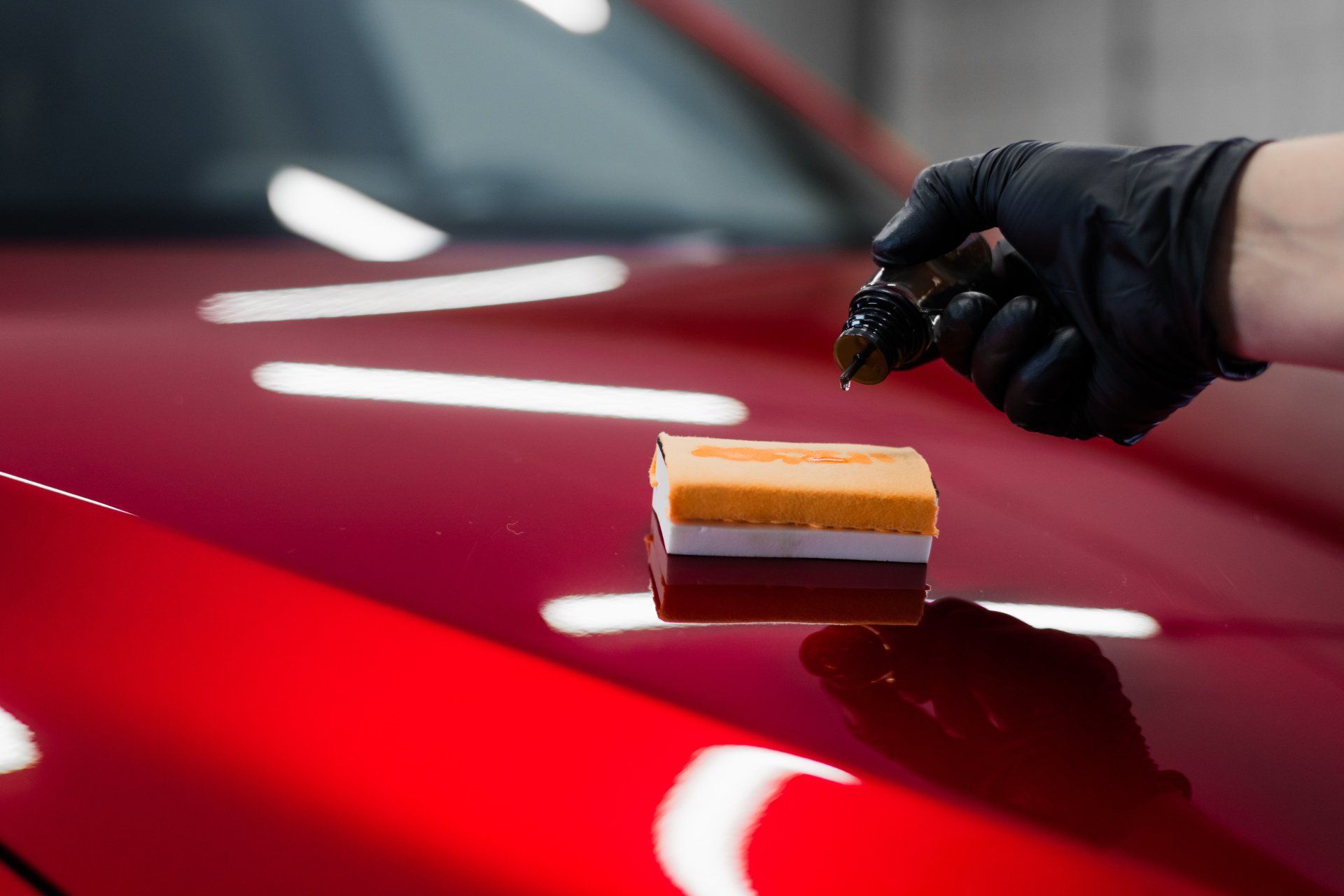A Comprehensive Guide to the Types of Ceramic Coating on the marketplace
Ceramic layers have actually emerged as an essential service throughout different sectors because of their one-of-a-kind properties and applications. From silica-based formulas known for their effectiveness to crossbreed choices that combine multiple advantages, the options available can be frustrating. Understanding the nuances of each kind, including their details advantages and perfect use instances, is important for making educated choices. As we explore the distinct characteristics and applications of these coverings, the implications for efficiency and longevity end up being significantly apparent, increasing questions regarding which kind might finest fit your demands.
Understanding Ceramic Coatings
Ceramic layers are advanced protective solutions that have actually obtained appeal in numerous sectors, specifically in auto and aerospace applications. These layers are composed of a fluid polymer that, when healed, develops a resilient, hydrophobic layer externally of the substrate. This layer offers enhanced resistance to ecological impurities, UV radiation, and chemical exposure, consequently expanding the life and aesthetic charm of the underlying material.
The essential component of ceramic finishings is silica, which adds to their hardness and toughness. The application process generally entails surface area prep work, application of the finishing, and curing, which can be attained with warmth or UV light. Once cured, ceramic layers display outstanding bonding properties, permitting them to stick strongly to a selection of surfaces, consisting of steels, plastics, and glass.
In addition to their protective attributes, ceramic finishings also use ease of maintenance. Their hydrophobic nature reduces the adherence of dirt and crud, making cleaning simpler and much less constant. On the whole, the adoption of ceramic finishings represents a substantial improvement in surface area protection modern technology, offering both functional and visual advantages across numerous fields.
Kinds of Ceramic Coatings
Various kinds of ceramic layers are available, each designed to meet particular efficiency needs and applications - ceramic coating sarasota. The most usual types include:
Silica-based Coatings: These finishes primarily include silicon dioxide and are understood for their sturdiness and chemical resistance. They are commonly made use of in automotive and industrial applications.
Titanium Dioxide Coatings: Renowned for their photocatalytic properties, titanium dioxide coatings are often applied in settings where self-cleaning and antifungal residential or commercial properties are desirable, such as in structure materials and automobile surfaces.
Zirconia Coatings: Identified by their high-temperature stability and thermal resistance, zirconia layers are utilized in applications such as turbine engines and high-performance automotive elements.
Alumina Coatings: Displaying outstanding hardness and thermal security, alumina finishes are often utilized in wear-resistant applications, including cutting devices and industrial machinery. - scratch repair link sarasota
Hybrid Coatings: Combining the residential or scratch repair sarasota commercial properties of numerous products, crossbreed finishings provide enhanced efficiency characteristics, making them suitable for special and demanding applications.
Each kind of ceramic finish serves distinct objectives, allowing customers to choose one of the most suitable service based upon specific ecological conditions and efficiency demands.
Advantages of Ceramic Coatings
Coatings play a crucial function in boosting the efficiency and durability of surface areas throughout different sectors. Ceramic finishings, specifically, deal various advantages that make them increasingly prominent amongst manufacturers and consumers alike. Among the primary advantages is their outstanding longevity. These finishes are immune to scratches, chemicals, and UV rays, making certain that the underlying surface area continues to be secured in time.
In addition to toughness, ceramic layers offer exceptional hydrophobic residential properties, permitting easy cleaning and maintenance. This water-repellent nature reduces the adherence of dirt, gunk, and various other impurities, which can lengthen the visual appeal and capability of the surface area. Ceramic coatings can significantly enhance thermal resistance, making them ideal for applications that endure high temperatures.

Application Process
When using ceramic coatings, a careful technique is vital to accomplish ideal outcomes. why not try these out A clean surface ensures appropriate attachment of the finishing.
Once the surface is prepped, the following step is to use the ceramic finishing. The layer should be used in slim layers, as thicker applications can lead to irregular finishes.
After application, the finishing needs a specific healing time, normally ranging from a few hours to a full day, depending on the product. Adhering to these actions faithfully will make best use of the performance and durability of the ceramic covering, offering a resilient protective layer for the surface area.
Maintenance and Long Life
To guarantee the long life and performance of a ceramic finishing, normal maintenance is necessary. Ceramic coverings, recognized for their sturdiness and safety qualities, require certain care regimens to optimize their life-span and performance.
Along with normal cleaning, routine evaluations are vital. Seek signs of wear or damages, such as hydrophobic buildings diminishing or surface flaws. If needed, a light gloss may be related to renew the coating without stripping it away.
Additionally, the application of a booster spray can improve the layer's hydrophobic effects and restore its gloss. This is particularly useful for finishes that have actually been in use for an extended period. Ultimately, by adhering to these upkeep practices, one can substantially prolong the life of a ceramic finish, making sure that it remains to supply ideal defense versus environmental elements and maintain the aesthetic appeal of the lorry.
Conclusion
